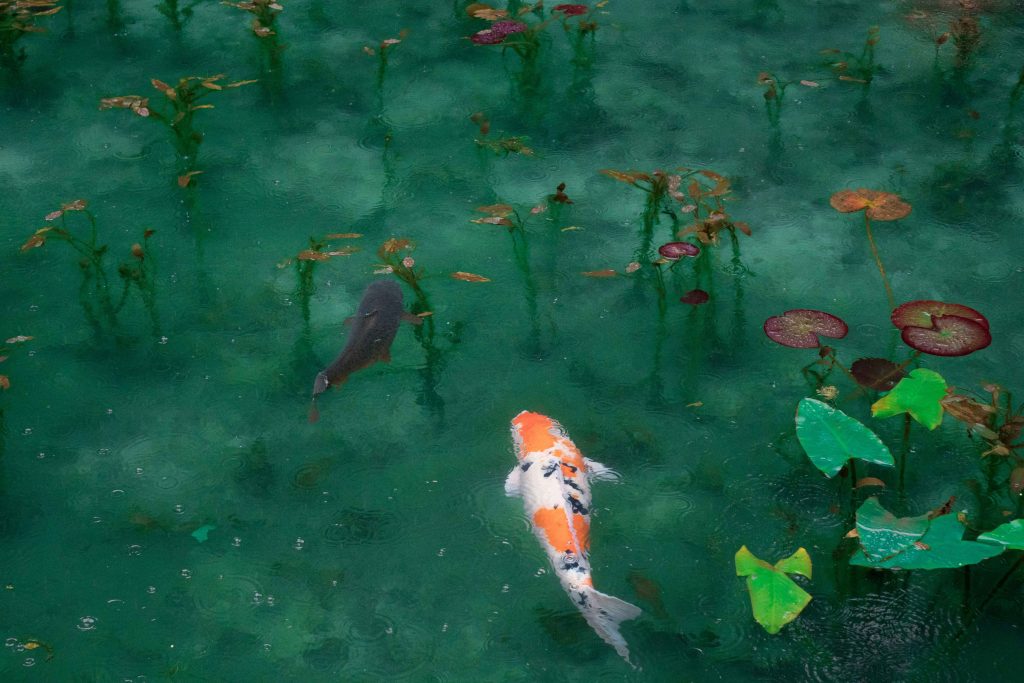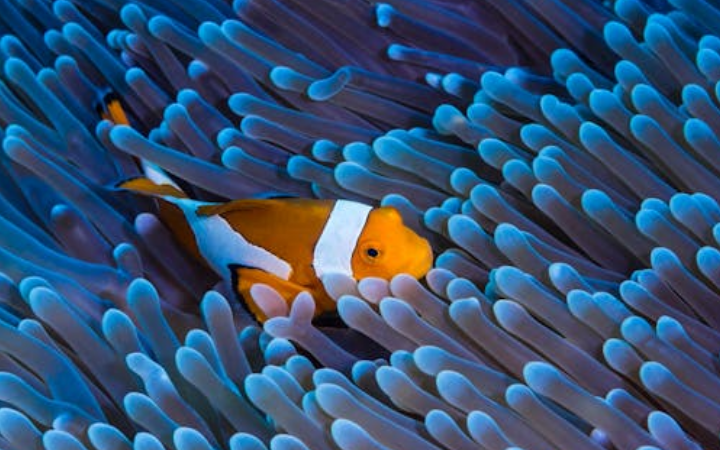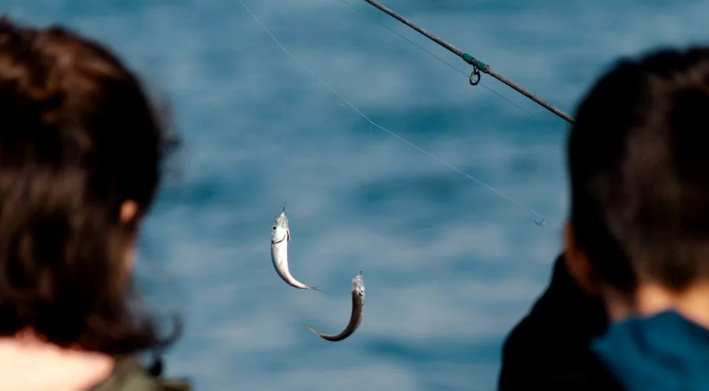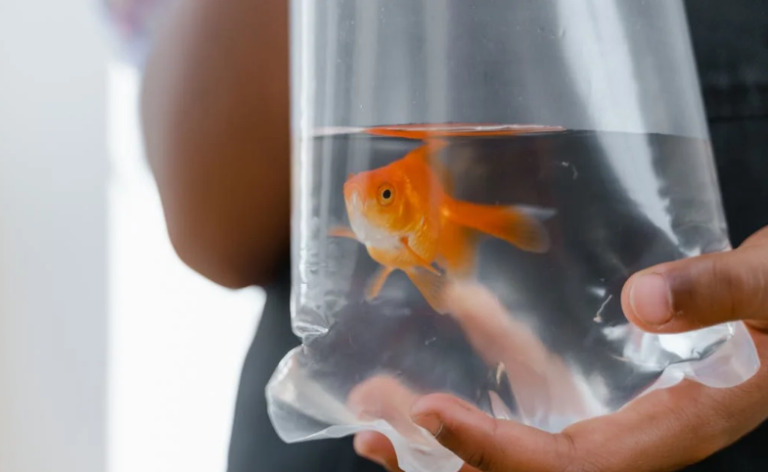Mounting a fish, also known as fish taxidermy, can cost anywhere from $10 to $50 per inch of the fish. The final price depends on factors such as the type of fish, the size of the fish, the method of mounting, and the taxidermist’s expertise and location. Let’s dive deeper into these factors and what you can expect when considering mounting a fish.
Factors Affecting the Cost of Mounting a Fish

1. Type of Fish
Different species of fish can have different mounting costs. Some fish have more intricate features and require more detailed work, which can increase the price.
Freshwater vs. Saltwater Fish
- Freshwater Fish: Common freshwater fish like bass, trout, or pike are usually less expensive to mount compared to saltwater fish.
- Saltwater Fish: Saltwater species such as marlin, sailfish, and tuna often cost more due to their size and the complexity of their features.
2. Size of the Fish
The size of the fish is one of the most significant factors in determining the cost. Most taxidermists charge by the inch, and larger fish require more materials and time to mount.
Price Range Per Inch
- Small Fish (up to 20 inches): $10-$20 per inch
- Medium Fish (20-40 inches): $20-$35 per inch
- Large Fish (over 40 inches): $35-$50 per inch
3. Method of Mounting
There are different methods for mounting a fish, and the choice of method affects the cost.
Skin Mounts vs. Replica Mounts
- Skin Mounts: Using the actual skin, scales, and sometimes other parts of the fish. This method is usually less expensive but may not last as long as replicas.
- Replica Mounts: Using a mold to create a replica of the fish. This method tends to be more expensive but offers a more durable and lifelike result.
4. Taxidermist’s Expertise and Location
The expertise of the taxidermist and their location can also influence the price.
Experienced vs. Novice Taxidermists
- Experienced Taxidermists: Typically charge more due to their skills and reputation for high-quality work.
- Novice Taxidermists: May offer lower prices, but the quality might not be as high.
Geographic Location
- Urban Areas: Prices may be higher in cities due to increased operating costs.
- Rural Areas: Taxidermists in rural areas might charge less.
Detailed Breakdown of Costs
Cost of Small Fish (Up to 20 Inches)
For a small fish, the cost is usually on the lower end of the spectrum. Let’s consider a 15-inch bass as an example.
Estimated Cost
- Per Inch Price: $10 – $20
- Total Cost: $150 – $300
Cost of Medium Fish (20-40 Inches)
How Much Does It Cost to Mount a Fish? For medium-sized fish, the cost increases due to the additional work required. Let’s look at a 30-inch trout.
Estimated Cost
- Per Inch Price: $20 – $35
- Total Cost: $600 – $1,050
Cost of Large Fish (Over 40 Inches)
Large fish are the most expensive to mount due to their size and the complexity involved. Consider a 50-inch marlin.
Estimated Cost
- Per Inch Price: $35 – $50
- Total Cost: $1,750 – $2,500
Additional Costs and Considerations
Shipping and Handling
If you need to ship your fish to a taxidermist, factor in shipping and handling costs. Large fish can be expensive to ship due to their size and weight.
Display Options
Custom display options, such as plaques, driftwood mounts, or specialized lighting, can add to the overall cost. These options can range from $50 to several hundred dollars, depending on the complexity and materials used.
Maintenance and Care
Fish mounts require maintenance to keep them looking their best. This might include dusting, cleaning, and occasional repairs. While this isn’t a direct cost of mounting, it’s something to consider for the long-term care of your mount.
Steps to Get Your Fish Mounted
1. Choose a Reputable Taxidermist
Research and select a taxidermist with good reviews and examples of their work. Consider visiting their shop if possible to see their work firsthand.
2. Prepare Your Fish
If you’re going for a skin mount, properly preserve your fish. Keep it cool and avoid any damage to its skin and fins. For replica mounts, take clear photos and measurements.
3. Get a Quote
Contact the taxidermist and get a detailed quote. Discuss your preferences for mounting style and display options.
4. Shipping or Delivery
Arrange for the fish to be delivered to the taxidermist. Ensure it’s packed securely to avoid damage during transit.
5. Wait for Completion
The mounting process can take several weeks to months, depending on the taxidermist’s schedule and the complexity of the work.
6. Final Payment and Pickup/Shipping
Once the mount is complete, make the final payment and arrange for pickup or shipping. Inspect the mount to ensure it meets your expectations.
Conclusion
Mounting a fish can be a wonderful way to preserve a memorable catch. The cost varies widely based on factors such as the type and size of the fish, the method of mounting, and the taxidermist’s expertise and location. By understanding these factors and planning accordingly, you can ensure that your mounted fish is a cherished keepsake for years to come.



